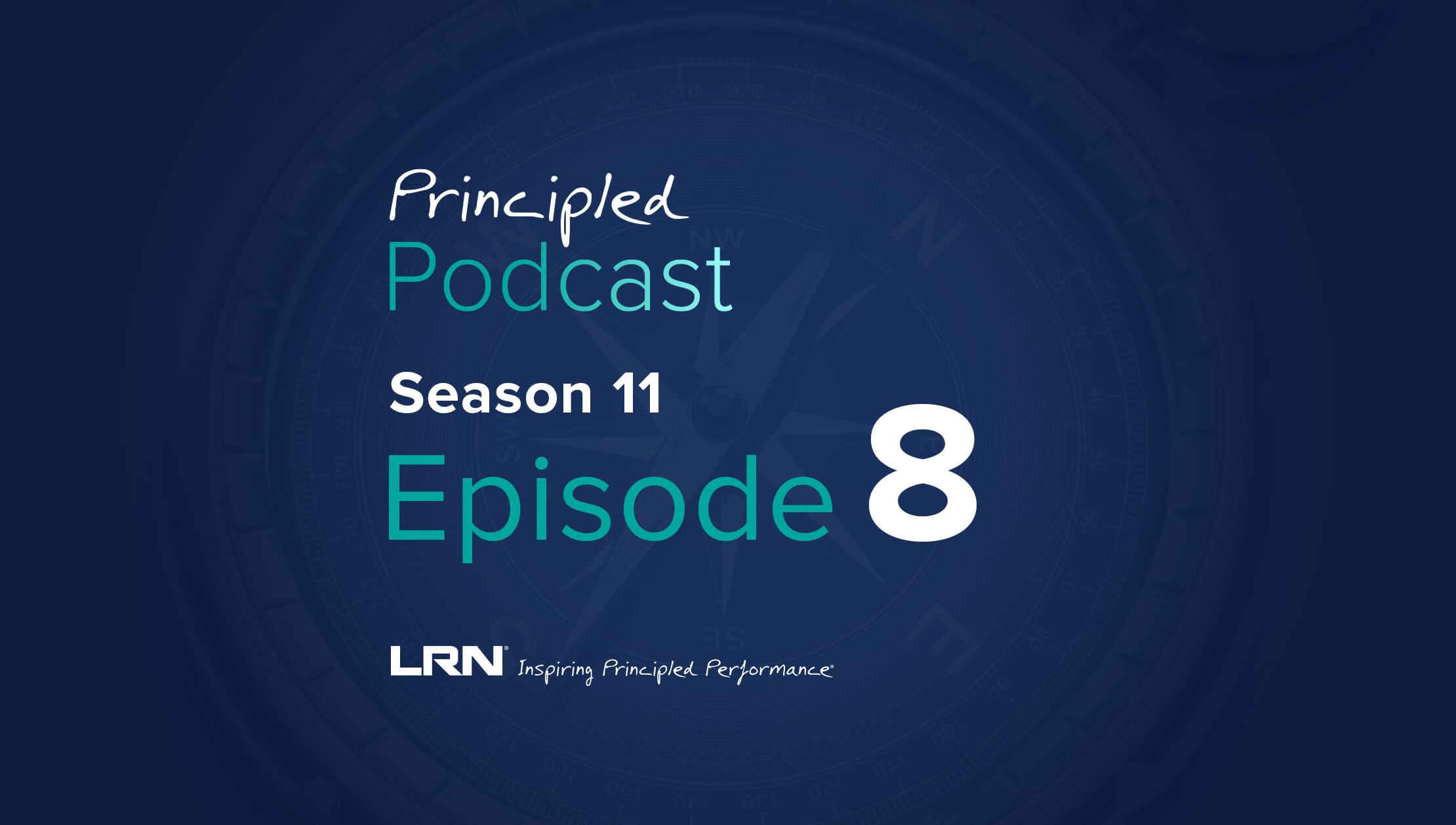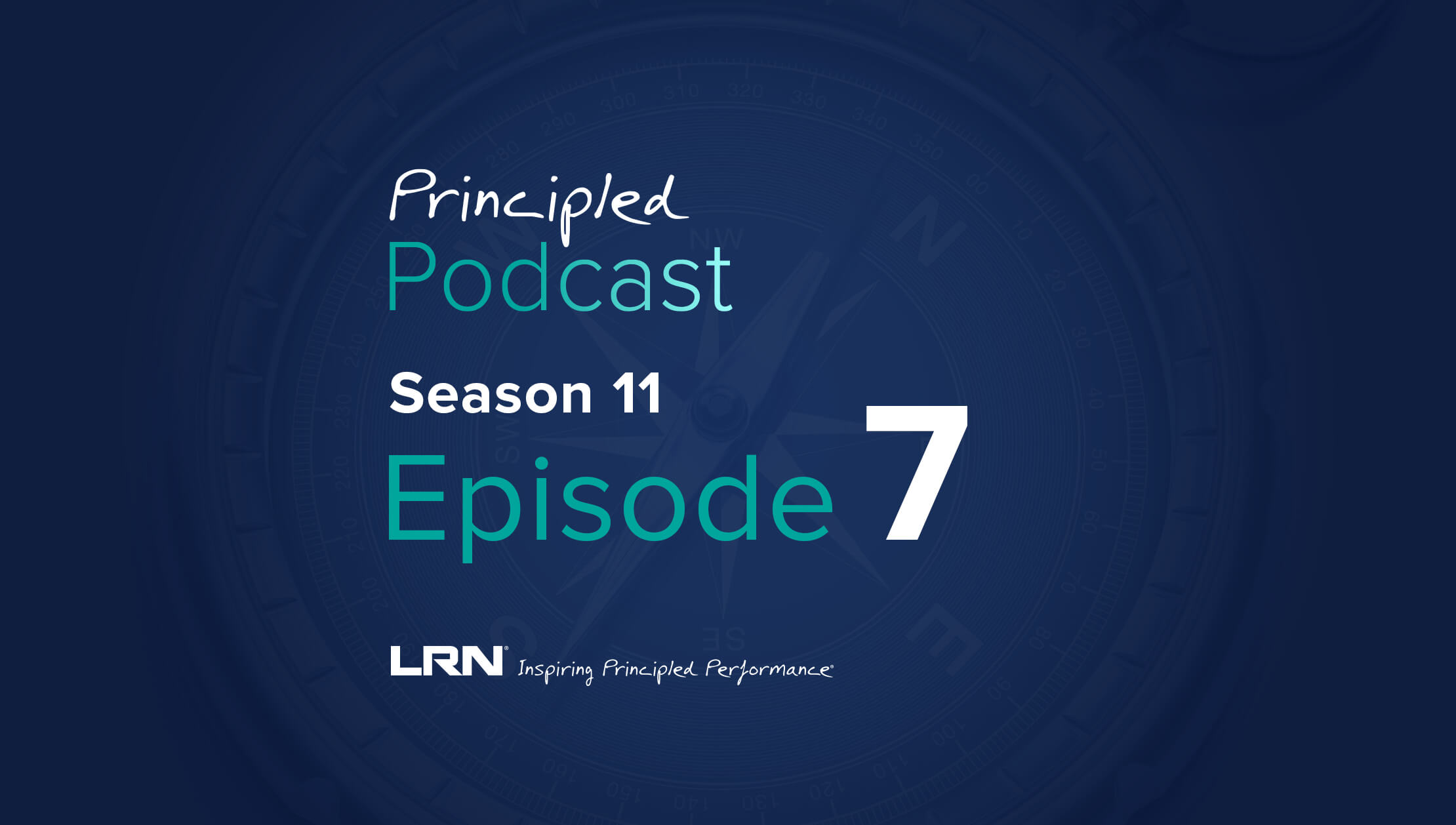Every day, our business world is becoming more complex and data-driven. From a risk perspective, these changes are propelled by the need to accommodate a growing remote workforce, regulation continually shifting to be more granular and results-oriented, and the rapid rate of technological and societal change. These changes mean that having a clear picture of potential risk is more difficult than ever before.
For years, organizations have relied on questionnaires and attestations to ensure employees understand policies and expectations. These systems also enabled employees to officially disclose potential conflicts of interest to their organization. Today, technological and social progress have influenced both the growing number of and types of reports required of employees. Simultaneously, organizations are struggling to manage the information their employees are sharing. In order to keep up, organizations need to implement a digitized and automated process for gathering information from employees.
Why digital employee disclosures and attestations matter
Digitizing the process of employee disclosures and attestations is critical to almost every organization. Many organizations lack a centralized system for tracking, managing, and reporting on employee reports. Every day, LRN speaks with risk and compliance teams who are struggling with the pain of their current processes. From managing through Excel to using email to escalated issues and paper filing systems, we hear it all. There are a number of benefits of moving off of disparate and homegrown systems, which we explore below.
Benefit 1: A single disclosures tool ensures data quality and completeness
According to LRN’s 2022 Ethics & Compliance Program Effectiveness Report, 60% of highly effective compliance programs are looking to positively impact their programs by using more web-based tools and program elements.
Moving onto a system that is purpose-built for managing employee attestations and disclosure reports is the first step in getting that critical view of the potential risk employees are introducing to the business. Using a web-based tool means:
- Employees have easier access to disclose potential issues
- Teams who manage risk always have a complete view into the status and potential impact of all employee disclosures.
Gone are the days of using multiple systems to store information, struggling to find information, and feeling frustrated by the audit process. A centralized disclosure solution enhances your ability to access data, increases data quality, ensures data completeness, and ultimately increases your overall business intelligence.
Benefit 2: Automating the disclosure process helps you prioritize and save time
Up until now, many businesses have relied on manual processes for risk identification and escalation workflows. 58% of high-impact compliance programs are focused on simplifying and streamlining procedures. Digitizing the disclosures process provides a great opportunity to simplify and streamline processes, saving both time and energy. As you consider how to do this, there are a few features that can help make your disclosure process truly automated.
- Workflow automation: The act of creating a process where tasks and information that previously required manual intervention flow in an automated fashion according to pre-defined rules. Having the ability to create automated disclosures workflows means that you no longer need to manually escalate and determine what needs to be reviewed and by whom.
- Flagging variant responses: A variant response is an employee response to a prompt in a questionnaire that indicates that the disclosure form needs to be reviewed. Generally, responses that contain a variant response would be prioritized for review over those that do not contain variant responses. When your system automatically identifies responses that require internal review, it’s easier to focus your time on high-priority disclosures and address them in a timely manner.
When processes can be automated, everyone wins. Automation increases time to resolution, removing the manual barrier of identifying reports that need escalation, kick starting the review process, and hand holding each individual report through resolution. It also provides more granular reporting without any prep required. Easily see reports, variant responses, review status, and resolution results without any manual preparation. The benefits are far reaching and invaluable to the operation of any organization.
Benefit 3: Digitized workplace disclosures create greater flexibility
Disclosures are no longer needed just for conflicts of interest or gifts and entertainment. As businesses and society become more complex, the need for more types of disclosures and attestations is growing at a rapid pace. As an outcome of the COVID-19 pandemic, organizations are changing acceptable use policies, asking employees to disclose vaccination and health status, and setting new work-from-home policies. Additionally, the growing focus on human capital and culture are increasingly resulting in organizations collecting diversity and demographic data from employees, invention and patent disclosures, and continuing education disclosures. With a system that’s designed to be flexible, it’s easy to house all this information and collaborate cross-functionally on deployment, reviews, and reporting.
Benefit 4: An end-to-end disclosure management system builds confidence
Investigations and audits can be laborious and frustrating at times. But you can rest easier when all disclosure and attestation information, escalation paths, statuses, resolutions, and communications are in a single place. Too often, we hear stories of “fire drills” from the compliance and risk teams that resulted in multiple people digging through files across varying systems in attempt to gather information on a single employee. This method is flawed and creates unnecessary burdens on the organization. An end-to-end disclosure management system removes the burned and stress associated with an incomplete and difficult to gather view of employee disclosures.
The key takeaway
Digitizing workplace disclosures and attestations help remove the cumbersome complexity of multiple, disparate processes by streamlining workflows, ensuring better quality of information, and providing a clearer picture of potential risk. To learn more how you can optimize your own disclosure process, check out these resources:



